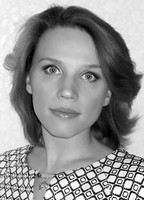Rating school children's physical fitness for Russian physical culture and sports "Ready for Labour and Defence" (GTO) complex tests
Фотографии:
ˑ:
Theory and Practice of Physical Culture № 12 2016
Associate Professor, PhD E.A. Simonova1
PhD S.V. Dmitrieva1
1Physical Education Institute of Tyumen State University, Tyumen
Keywords: Russian Physical Culture and Sports “Ready for Labour and Defence” (GTO) Complex, physical culture and sport activity, physical fitness, Category III/IV school children’s physical fitness, improvement potential.
Background. The recent shift in the social policies from the idea of children’s “health protection” to “health building” [1] with the relevant adjustments in the priorities and responsibilities of the national educational institutions, as provided by the statute of the newly launched Russian Physical Culture and Sports “Ready for Labour and Defence” (GTO) Complex (2014г) [2] designed to build up an efficient physical education system for the progress of human potential and nation’s health improvement. Presently the main method of the school children’s involvement in the GTO Complex system and tests is the voluntary participation of students of different education establishments in the summer and winter Provincial Festivals of the Russian Physical Culture and Sports “Ready for Labour and Defence” (GTO) Complex.
Objective of the study was to rate the Category III/IV school children’s physical fitness for the GTO Complex tests, identify the problematic areas and find potential ways to improve children’s physical fitness.
Methods and structure of the study. Subject to the study were 160 randomly sampled school children including 38 boys (11-12 years old), 36 girls (11-12 years old), 42 boys (13-15 years old) and 44 girls (13-15 years old) from the Tyumen region. Most of the children were tested with reasonably high physical fitness rates as all of them come from the regional advanced sports education establishments. The GTO Complex tests under the study were performed in the period of June 19-21, 2015 at the Regional Children’s Education Centre “Rebyachiya Respublica Olympic Rebyachka” [“Kid’s Olympic Republic”].
Study results and discussion. The study found that every Category III boy (100% of the sample) tested by the GTO “standing bent forward with straight legs” test qualified for the Gold GTO Badge. In addition, most of the boys qualified for the Gold GTO Badge in the following tests: pull-ups on the high horizontal bar (97%); 1500m race (92%); and standing two-leg jump (82%). The study indicated that for the boys the pneumatic rifle shooting tests and 50 swim tests were the most difficult, as 63% and 53% of the boys, respectively, failed in the given tests (see Figure 1).
Analysis of the GTO test results of the Category III girls shows the best performance in the flexibility tests with 100% success in the tests. Furthermore, above 90% of the girls succeeded in the speed-strength GTO tests, i.e. the standing two-leg jumps. Most of the girls failed in the pneumatic rifle shooting tests and 50m swim tests (67% and 61%, respectively (see Figure 2).
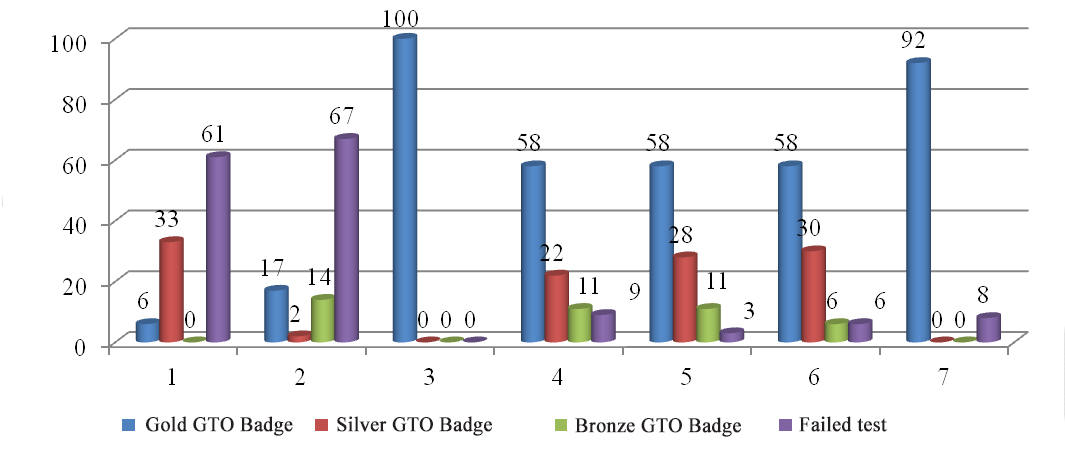
Figure 1. GTO test data for the 11-12 years-old boys (n=38), %
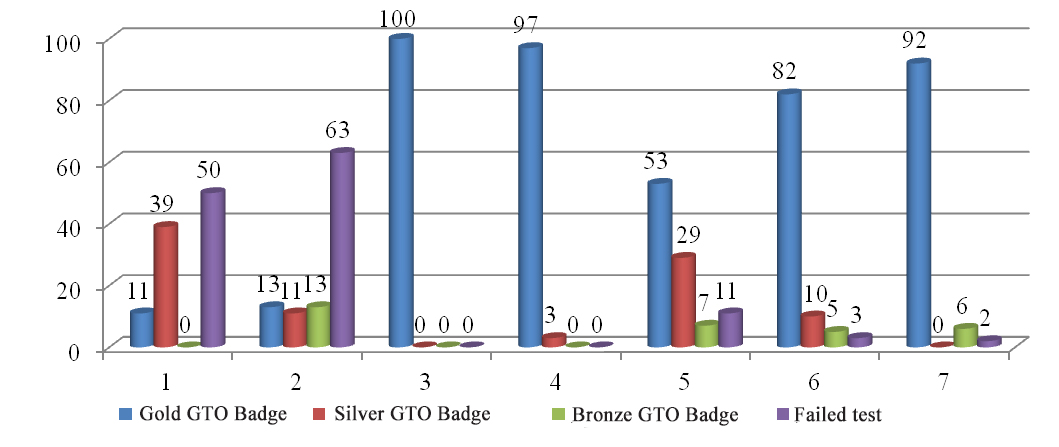
Figure 2. GTO test data for the 11-12 years-old girls (n=36), %
The Category IV boys showed the best results in the following tests: speed-strength test (88% qualified for the Gold GTO Badge); overall endurance test (86% qualified for the Gold GTO Badge); and the flexibility test (81% qualified for the Gold GTO Badge). The pneumatic rifle shooting test was the most difficult for this category of boys as well (98% failed the test, see Figure 3).
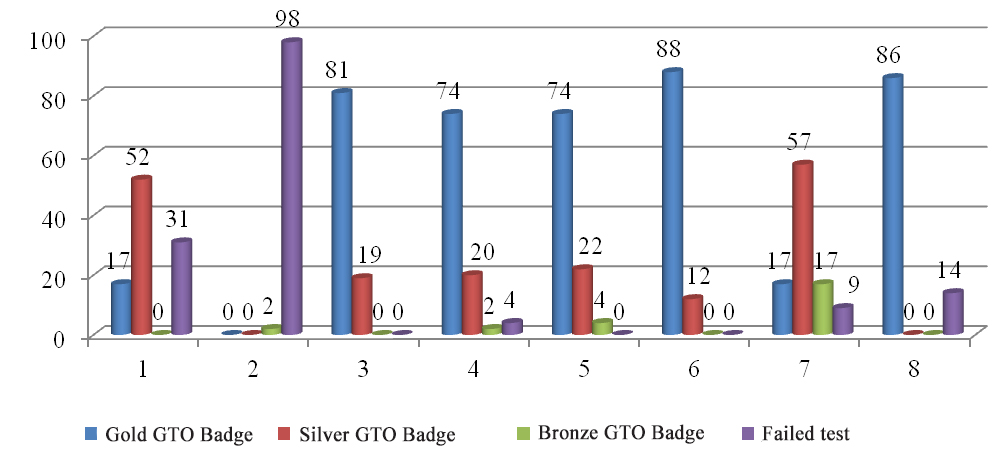
Figure 3. GTO test data for the 13-15 years-old boys (n=38), %
(1) 50m swim test (min, s); (2) Pneumatic rifle shooting (sitting/ standing resting one's elbows) test, 5m distance (points); (3) Straight leg standing forward bend; (4) Pull-ups on the high horizontal bar (reps); (5) 150g ball throw (m); (6) Standing two-leg jump (cm); (7) Sit-ups (reps per min); (8) 2000m race (min, s).
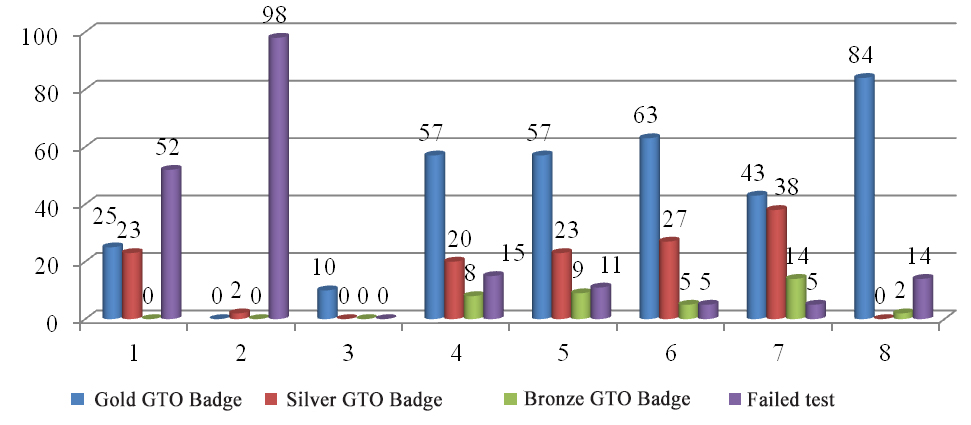
Figure 4. GTO test data for the 13-15 years-old girls (n=36), %
The Category IV girls showed the best test results in the overall endurance tests (84%) and speed-strength test (63% success). The pneumatic rifle shooting tests and 50m swim tests were the most difficult for the girls (98% and 52% failed, respectively, see Figure 4).
Therefore, the Category III/IV school children were found largely fit for the GTO Complex tests, with the percentage of the children unfit for some tests being not high. This may be due to the fact that the tested children came from different group sports and participated in the tests on a voluntary basis. The study data and analysis showed some applied skills being problematic for the Category III/IV school children as the pneumatic rifle shooting and 50m swim were the most difficult tests for them.
Conclusion. In view of the special sport facilities in the Tyumen city and region being insufficient for pneumatic rifle shooting and swimming practices, we believe the physical fitness of the school children for the GTO Complex tests may be improved by target actions to:
- Construct special sport facilities, stadiums, sport grounds, GTO Complex sites, cycling and skiing tracks accessible for the municipal educational establishments and local advanced education institutions;
- Grant access for the school children to the local swimming pools and shooting ranges on a free or reasonably priced basis to encourage the relevant applied skills being developed;
- Create facilitating physical education and sport environment at the general education establishments to promote physical culture- and sports-centred lifestyles among the children; and
- Take the relevant sport activity management actions at the advanced education establishments to bridge the gaps in physical qualities of the school children, with an emphasis on the relevant speed-strength, strength and strength endurance practices that are recommended to be designed on a mass/ group/ current bases.
References
- Bal'sevich V.K. Zdorov'esberegayushchaya funktsiya obrazovaniya (Health promotion function of education) / V.K. Bal'sevich // Obrazovatelnaya politika. – 2007. – # 6. – P. 4.
- Zagvyazinskiy V.I. Vozmozhno li v Rossii zdorov'eformiruyushchee obrazovanie? (Prospects of health promotion education in Russia) / V.I. Zagvyazinskiy, I.V. Manzheley // Teoriya i praktika fiz. kultury. – 2015. – # 11. – P. 94-96.
- Kolunin E.T. Gimnasticheskie uprazhneniya v fizicheskoy podgotovke futbolistov na nachal'nom etape mnogoletney trenirovki (Gymnastic exercises in physical training of footballers at initial stage of annual training) / E.T. Kolunin // Teoriya i praktika fiz. kultury – 2013. – # 12. – P. 66.
- Manzheley I.V. Sredovy podkhod v organizatsii fizkul'turno-sportivnoy raboty s naseleniem (Environmental Approach in Organization of Physical Culture and Sports Activities with People) / I.V. Manzheley, S.V. Ivanova // Teoriya i praktika fiz. kultury. – 2014. – # 12. – P. 61-64.
- Simonova E.A. Fizkul'turno-sportivnaya rabota po mestu zhitel'stva: rezul'taty ekspertnoy otsenki (Domiciliary Sports and Physical Training Activities: Results of Expert Evaluation) / E.A. Simonova, Yu.V. Pyrlich // Teoriya i praktika fiz. kultury. – 2014. – № 12. – P. 58-60.
Corresponding author: e_simonova@mail.ru
Abstract
The study was designed to rate the Category III/IV school children’s physical fitness for the GTO Complex tests, identify the problematic areas and find the potential ways to improve the children’s physical fitness. The article reports the GTO test results for the 11-12 years old (Category III) and 13-15 years old (Category IV) school children. The study found the Category III/IV school children being fairly fit for the GTO Complex tests since the percentage of the children who failed in the fitness-rating tests was low. The study findings indicated most problems with some applied skills building in the Category III/IV children, as verified by the pneumatic rifle shooting tests and 50 swim tests. The poor performance may be due to the insufficient supply of the special sport facilities in the Tyumen city and region for pneumatic rifle shooting and swimming practices. Based on the study data and analysis, the ways to improve the children’s physical fitness and necessary provisions for their physical culture and sport progress were outlined.


